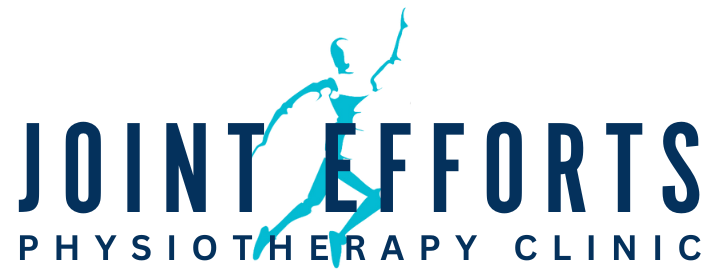Manual therapy and electrotherapy are fundamental techniques in physiotherapy, each offering distinct benefits for pain relief, mobility enhancement, and functional restoration. Physiotherapy plays a pivotal role in enhancing mobility, alleviating pain, and restoring function for individuals across all age groups. Whether addressing chronic conditions, aiding post-surgical recovery, or improving overall physical well-being, physiotherapy offers tailored interventions to meet diverse health needs. In the realm of physiotherapy, two prominent treatment modalities—manual therapy and electrotherapy—stand out for their effectiveness in addressing various musculoskeletal and neurological conditions. Understanding the distinctions between these approaches is crucial for selecting the most appropriate treatment tailored to individual needs.
Understanding Manual Therapy
Manual therapy encompasses hands-on techniques performed by skilled physiotherapists to alleviate pain, improve mobility, and restore function. This approach includes:
-
Joint Mobilization and Manipulation: Techniques aimed at restoring joint movement and reducing pain.
-
Soft Tissue Mobilization: Targeting muscles, ligaments, and fascia to relieve tension and improve circulation.
-
Myofascial Release: Addressing restrictions in the connective tissue to enhance flexibility and movement.
Manual therapy is particularly beneficial for conditions such as:
-
Back and Neck Pain: Providing relief through targeted mobilization.
-
Joint Stiffness: Enhancing range of motion in affected joints.
-
Muscle Spasms: Reducing tension and promoting relaxation.
-
Post-Surgical Rehabilitation: Facilitating recovery by restoring movement and function.
Exploring Electrotherapy
Electrotherapy involves the application of electrical energy to stimulate nerves and muscles, aiming to reduce pain and promote healing. Common electrotherapy modalities include:
-
Transcutaneous Electrical Nerve Stimulation (TENS): Alleviates pain by delivering low-voltage electrical currents.
-
Ultrasound Therapy: Uses sound waves to treat deep tissue injuries by promoting blood flow and reducing inflammation.
-
Interferential Therapy: Employs medium-frequency electrical currents to relieve pain and accelerate the self-healing process.
Electrotherapy is effective for:
-
Acute Injuries: Reducing inflammation and pain in the early stages.
-
Chronic Pain Conditions: Managing long-term pain associated with conditions like arthritis.
-
Muscle Weakness: Stimulating muscle contractions to improve strength.
-
Postoperative Recovery: Enhancing healing and reducing discomfort after surgery.
Integrating Manual Therapy and Electrotherapy
In many cases Frozen shoulder, Post-Surgical Rehabilitation (Knee- replacement) or Chronic neck pain, a combination of manual therapy and electrotherapy yields the best outcomes. For instance, manual techniques can address joint and soft tissue restrictions, while electrotherapy modalities like TENS (Transcutaneous Electrical Nerve Stimulation) and ultrasound therapy can reduce pain and inflammation, facilitating a more effective rehabilitation process. This combined approach not only accelerates healing but also enhances functional recovery, enabling athletes to return to their sport with improved performance and reduced risk of re-injury.
-
Sports Injuries: Addressing both the mechanical and pain aspects of injuries.
-
Post-Surgical Rehabilitation: effectively combines manual therapy and electrotherapy to accelerate recovery, enhance mobility, and restore function. This integrated approach addresses both pain and movement limitations, facilitating a smoother transition back to daily activities.
-
Chronic Conditions: Managing chronic musculoskeletal conditions involves integrating manual therapy and electrotherapy to alleviate symptoms and enhance functional mobility.
The Joint Efforts Advantage
At Joint Efforts, we offer comprehensive physiotherapy services, including manual and electrotherapy, delivered by our team of highly qualified physiotherapists specializing in various domains. Whether you’re dealing with back pain, recovering from surgery, or navigating the challenges of first-time pregnancy or postpartum, our integrated approach is tailored to meet your unique needs.
If you’re unable to visit our physiotherapy clinic—due to post-surgery recovery, elderly care, or perinatal conditions—our at-home physiotherapy services, including female physiotherapists for home visit, are available to provide personalized care in the comfort of your home.
Conclusion
Choosing between manual therapy and electrotherapy depends on the specific condition and individual patient factors. Often, a combination of both provides the most effective relief and functional improvement. If you’re seeking expert physiotherapy services, Joint Efforts offers a state-of-the-art physiotherapy clinic in Noida and provides physiotherapy home visit services throughout. Our commitment is to deliver affordable physiotherapy clinic care to help you achieve optimal health and mobility.


